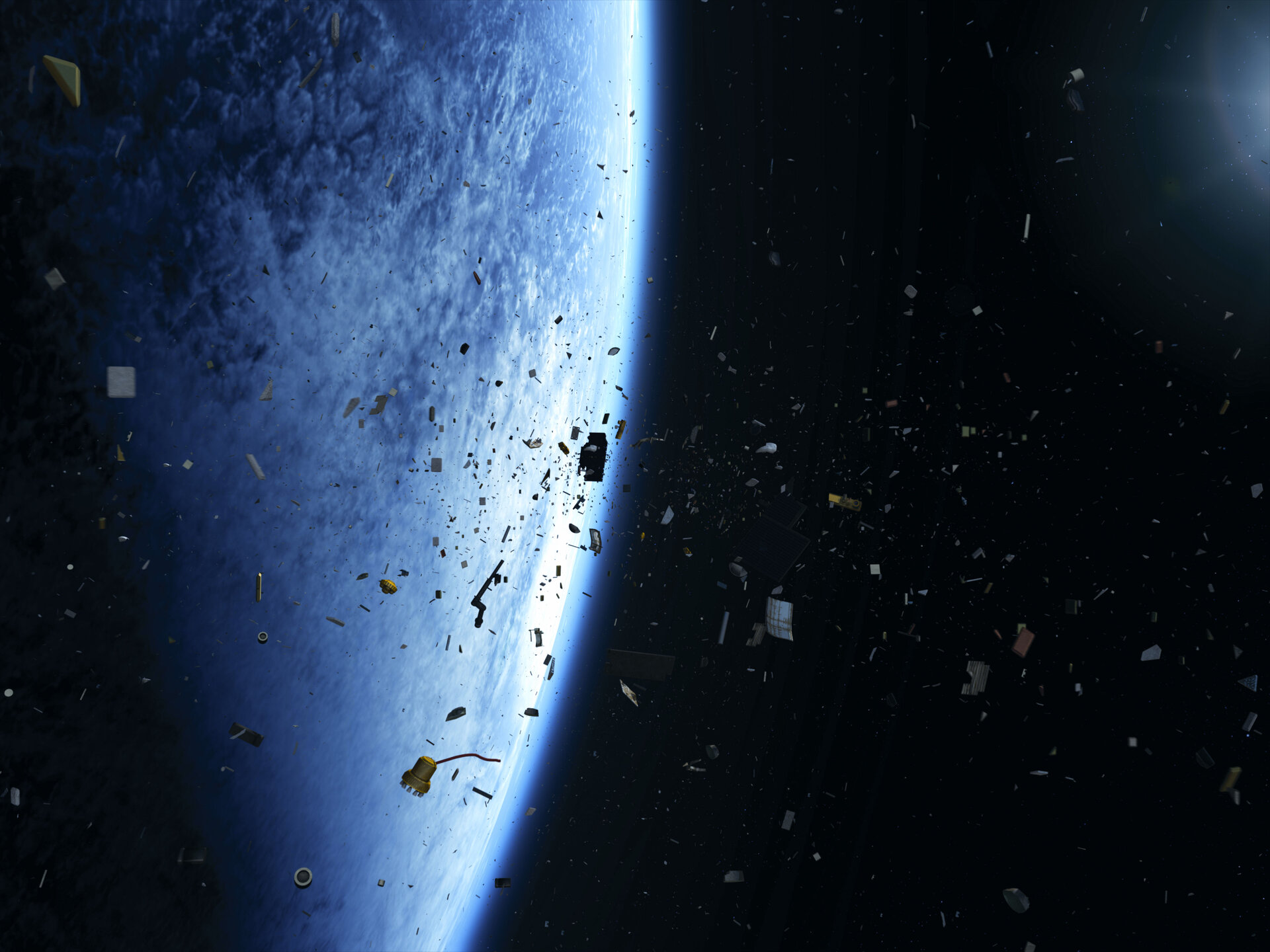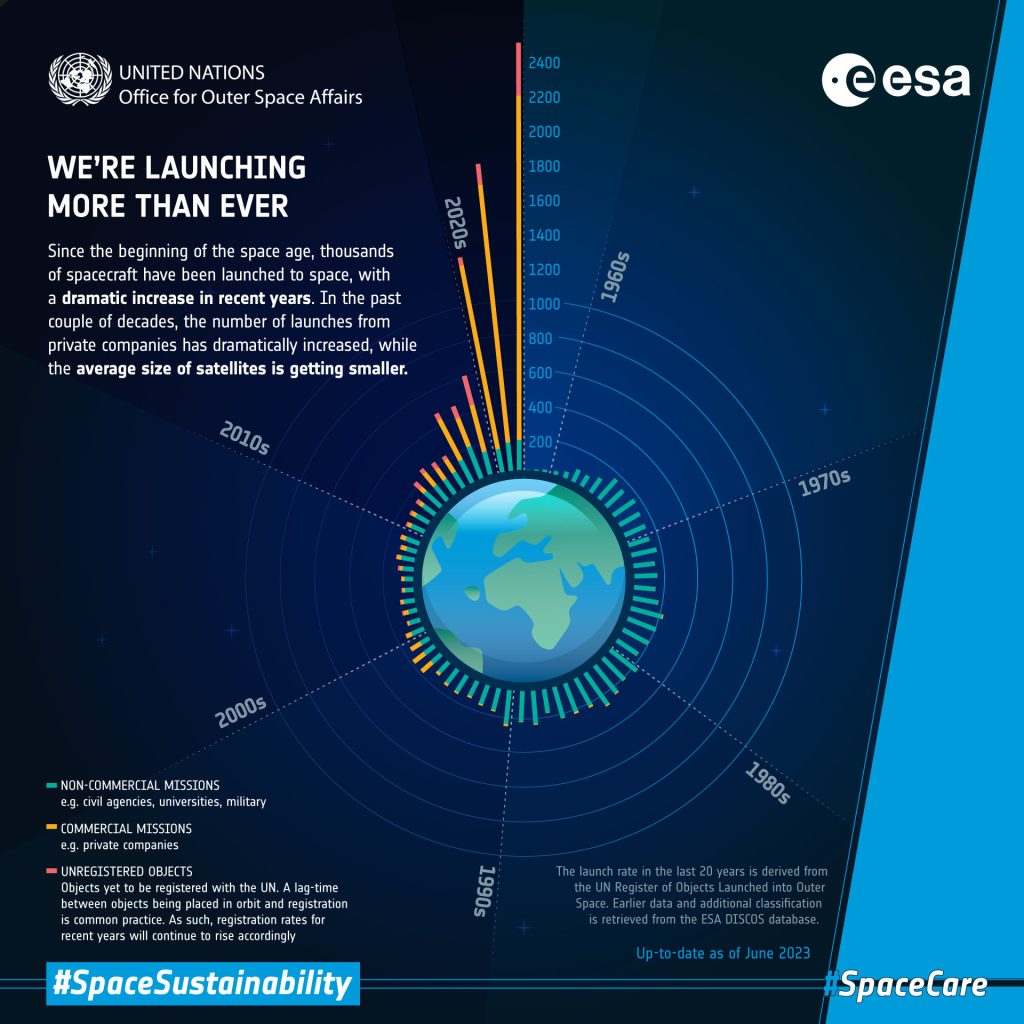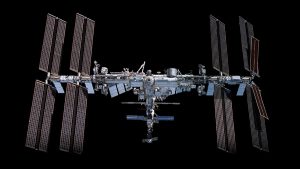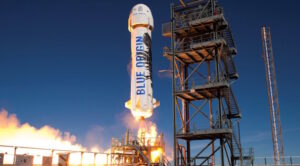Sustainable Space: ESA Updates Space Debris Policies
26th Dec 2023
The European Space Agency (ESA) has announced new commitments to limit the build-up of hazardous space debris. In particular, the agency updated two of its documents: Space Debris Mitigation Policy and Space Debris Mitigation Requirement.
ESA’s objective is to promote sustainable space operations, and to compel international agencies to follow via their Zero Debris Charter. To demonstrate their commitment, ESA implemented both documents in November, 2023.
In a press release, ESA said: “Earth is surrounded by spacecraft carrying out vital work to study our changing climate, deliver global communication and navigation services and help us answer important scientific questions. [Therefore] ESA is taking on a leading role in space sustainability and encouraging others to join us on the road to a Zero Debris future.”
ESA’s Push For A Sustainable Space

With launches becoming more frequent – “10 times higher than they were 10 years ago,” ESA said – space junk is rapidly proliferating. At the same time, global policies that edict the deorbiting of space debris have not kept up, ESA added.
The need to remove orbital debris has become progressively critical, after many near misses. Recently a Chinese satellite collision event was averted by 30m. A wake-up call was also served to all enterprises active in space when DISH was issued the first space debris fine.
Outlined in their Space Environment report, ESA identified that “current behaviour could result in some orbital regions becoming unusable”.
The Space Debris Mitigation Policy
To promote and mandate the decrease of space debris, ESA has updated their Space Debris Mitigation policy. As such, ESA said “the Policy clarifies how [the requirements] apply to all missions procured and operated by ESA.” The extensive document outlines how ESA will address space debris when designing, constructing, and facilitating in-space missions.
It also details the agency’s rights and responsibilities, application of the policy, and finally, implementation. ESA has also introduced a Space Debris Mitigation Assessment Board to offer advice to ESA’s Director General. This will include instances where ESA “may not meet the requirements, such as the extension of existing missions”.
The Space Debris Mitigation Requirement
ESA has built upon an active European framework to institute their Space Debris Mitigation Requirement. The document has been segmented into five key areas, dictating the way ESA conducts “future missions, programmes and activities.” These thematic principles are:
- “The duration of the disposal phase in low-Earth orbit has been reduced from 25 to a maximum of five years, with an additional consideration for the mission’s total collision risk with space debris during this disposal phase, and more stringent requirements for satellite constellations;
- The probability of successful disposal must be larger than 90%, with more stringent requirements for large constellations;
- Space objects operating in protected orbital regions, which are not considered to be “low risk”, must be equipped with interfaces to facilitate servicing by an active debris removal mission in case they fail in orbit;
- The Requirements introduce a new set of requirements related to collision avoidance and space traffic coordination based on current best practices, such as response time in case of a collision warning;
- The two emerging issues of avoiding the generation of space debris in lunar orbits and interference to radio and optical astronomy are also addressed with preliminary requirements that will continue to be developed in the coming years.







Thank you for your comment! It will be visible on the site after moderation.